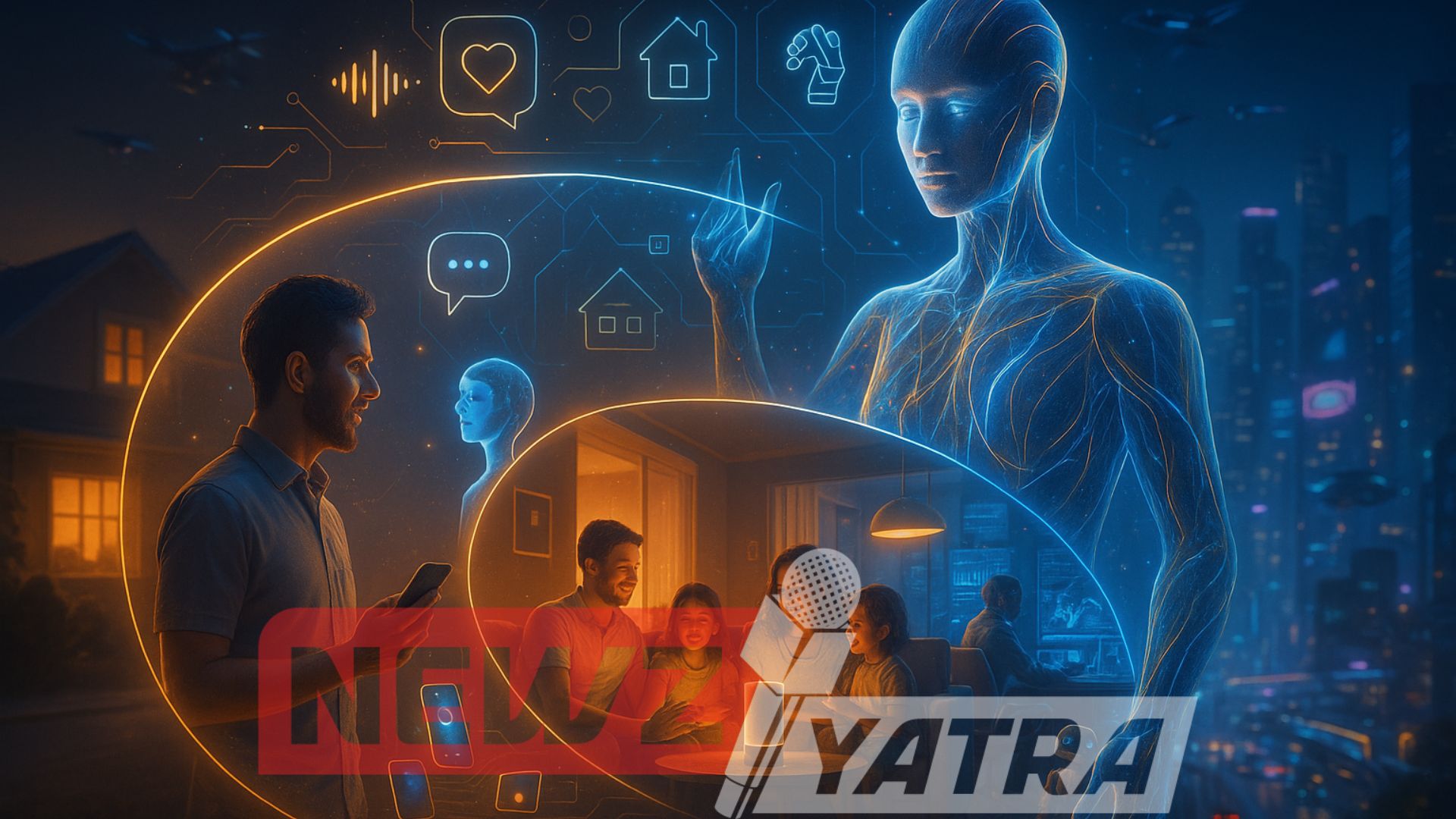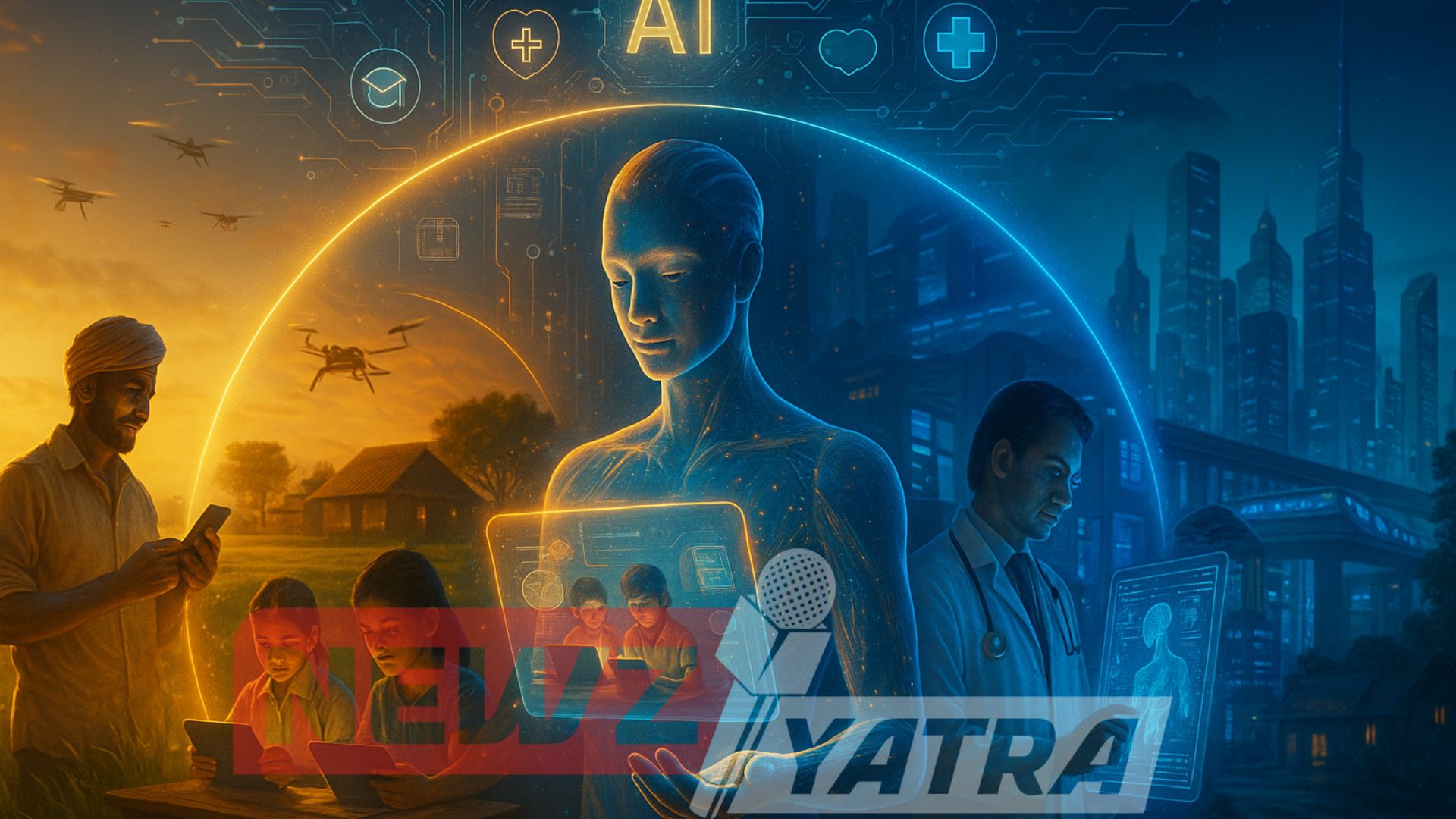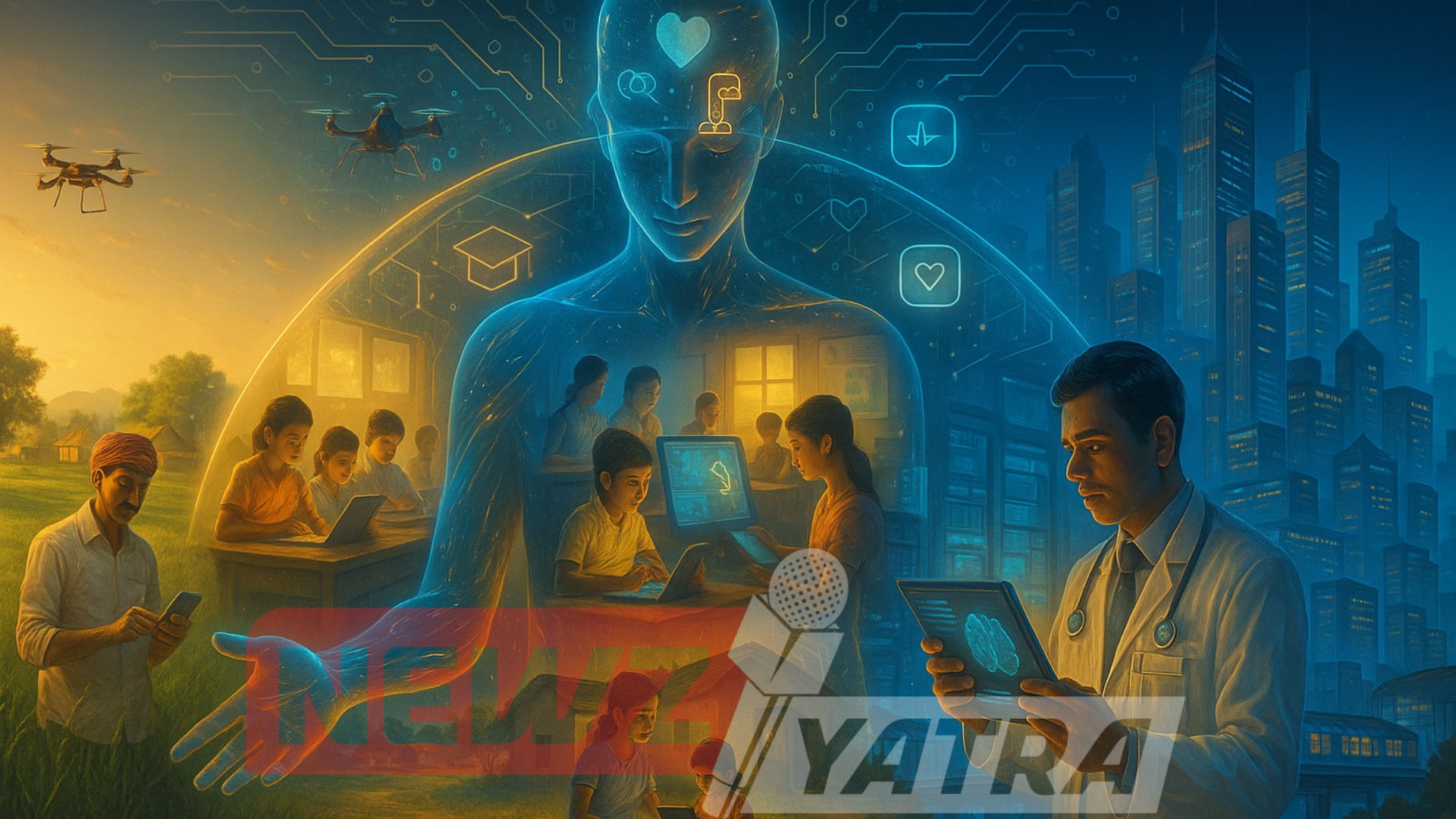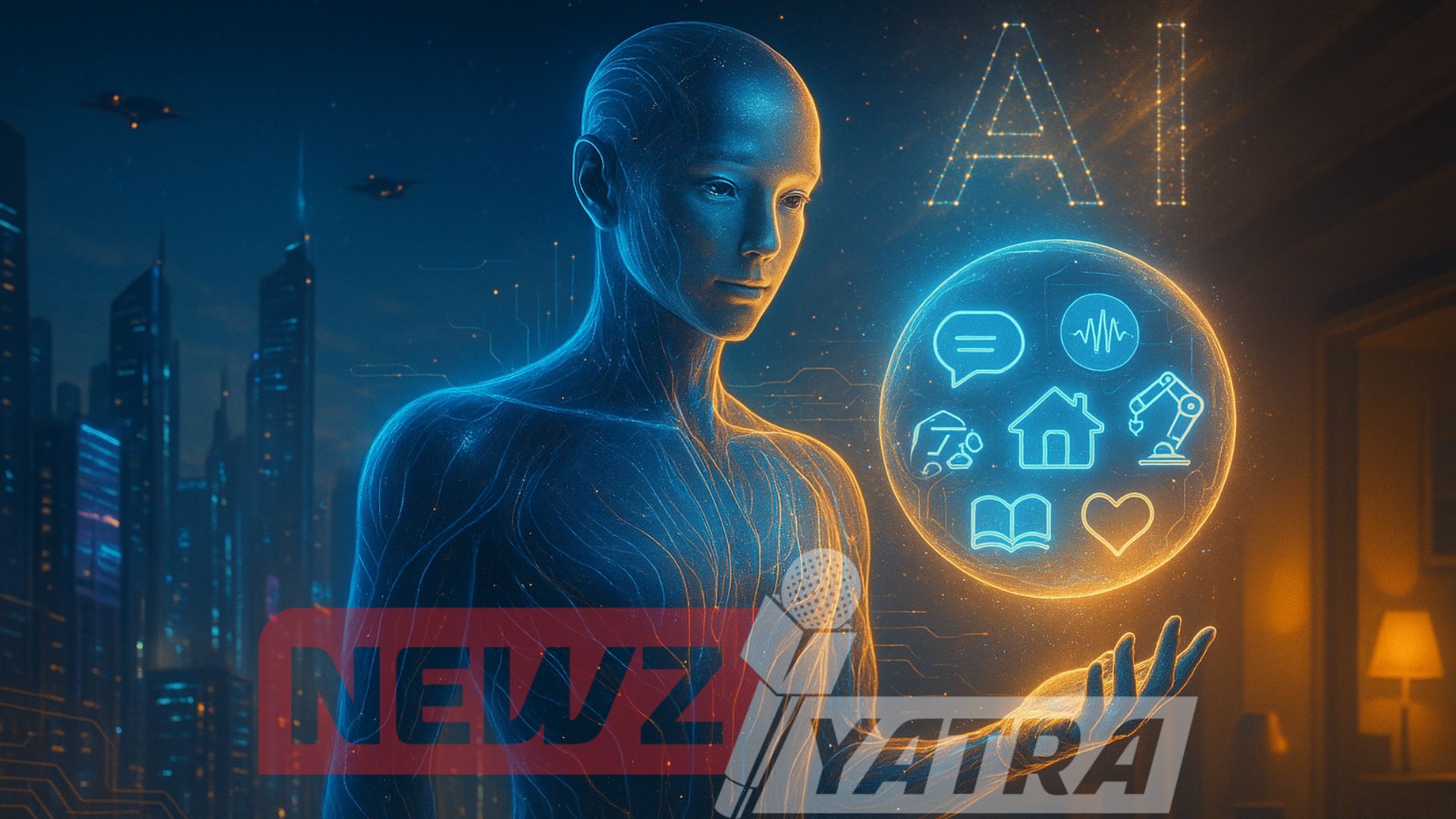Big Changes in Indian Agriculture, Industry, and Infrastructure – What You Need to Know in 2025!
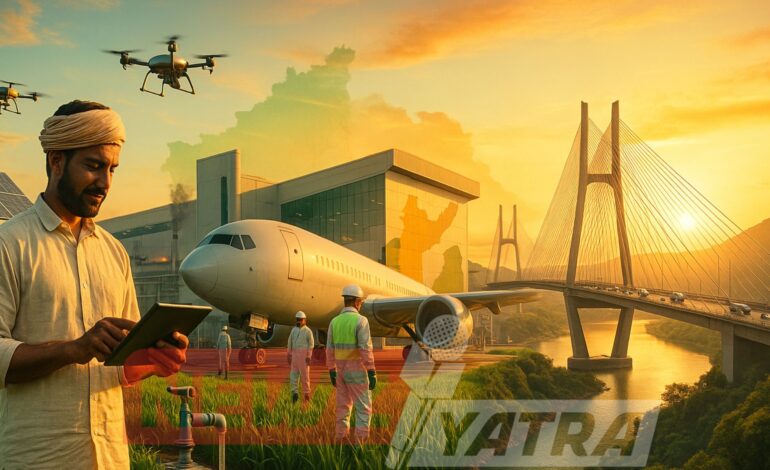
India’s Development in Motion: Agricultural Reforms, State Rivalries, and Infrastructure Milestones.
India is steadily forging ahead on its path to sustainable growth, driven by forward-thinking reforms, state-level industrial competitiveness, and ambitious infrastructure projects. This week, three major developments stand out — each reflecting the nation’s broader vision of modernization and economic dynamism. From a renewed push in agricultural technology to inter-state competition for investments and game-changing connectivity initiatives, here’s a closer look at what’s shaping India’s progress right now. (India development 2025)
India on the Move: Key Weekly Milestones in Agriculture, Industry, and Infrastructure (India development 2025)
1. A New Era in Farming: Launch of Prime Minister Dhan-Dhaanya Krishi Yojana (PMDDKY) (India development 2025)
In a landmark decision, the Union Cabinet has approved the merger of 36 separate agricultural schemes into a unified program — the Prime Minister Dhan-Dhaanya Krishi Yojana (PMDDKY).
What This Means:
The consolidation is a move toward streamlining bureaucracy, eliminating overlaps, and ensuring efficient fund allocation. By integrating diverse programs under one umbrella, the government aims to: (India development 2025)
- Enhance agricultural productivity through sustainable practices.
- Provide better access to resources and modern farming techniques.
- Increase rural incomes and strengthen national food security.
For farmers, this could mean fewer hoops to jump through for support and more impactful training and tools. If implemented effectively, PMDDKY might mark a turning point in India’s agricultural transformation.
2. Aerospace Park Face-Off: Karnataka vs. Andhra Pradesh (India development 2025)
An unexpected twist in India’s high-tech investment landscape emerged this week when Karnataka canceled its land acquisition for an aerospace park in Devanahalli. Andhra Pradesh quickly seized the opportunity, inviting companies to relocate there instead. (India development 2025)
What’s at Stake:
- Karnataka, traditionally a hub for aerospace and defense, now faces scrutiny over land acquisition challenges and industrial planning hurdles.
- Andhra Pradesh’s proactive approach signals its ambition to become a new destination for aerospace development, potentially shifting the balance of industry power.
This rivalry could result in a race to attract investment, infrastructure upgrades, and new employment opportunities — a dynamic worth watching as states compete for the next wave of industrial growth.
3. Connectivity Boost: Inauguration of Sigandur Bridge in Karnataka (India development 2025)
In a moment of regional pride, Union Minister Nitin Gadkari inaugurated the 2.44 km Sigandur Bridge in Karnataka’s Shivamogga district, making it India’s second longest cable-stayed bridge.
Why It Matters:
- Restores crucial connectivity severed by the Linganamakki dam decades ago.
- Enhances access to the Sigandur Chowdeshwari Temple, a key pilgrimage site, and improves regional mobility.
- Part of a broader push toward rural infrastructure development and modern engineering excellence.
Projects like this do more than connect roads — they bridge economic gaps, enable tourism, and embody the promise of inclusive growth. (India development 2025)
🇮🇳 The Road Ahead: Integrated Growth with People at the Core (India development 2025)
As India marches forward, the true measure of progress will lie not just in new policies or infrastructure blueprints, but in the real impact these initiatives have on everyday lives. The reforms and developments taking shape today must translate into tangible outcomes tomorrow. (India development 2025)
- Will the Prime Minister Dhan-Dhaanya Krishi Yojana (PMDDKY) truly elevate farming practices, raise yields, and reduce the economic vulnerability of millions of farmers?
- Can the industrial competition between states foster a more balanced economic landscape — one that benefits not just metros but also second-tier cities and rural districts?
- Will major infrastructure like the Sigandur Bridge unlock new opportunities in neglected regions, driving tourism, local trade, and seamless mobility?
India’s modernization is not a flash-in-the-pan transformation — it is a carefully navigated journey, requiring persistence, policy alignment, and grassroots execution. The goal is clear: to create a resilient, inclusive, and future-ready India, where development is not just visible, but deeply felt across all layers of society. (India development 2025)
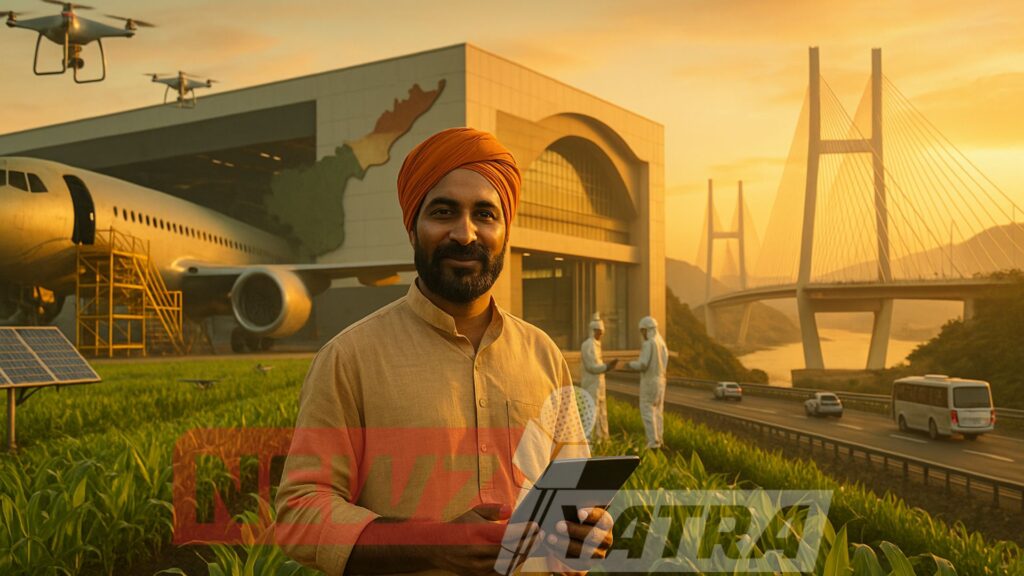
Building the India of Tomorrow, Today (India development 2025)
India’s recent strides in agriculture, industry, and infrastructure are more than just policy headlines — they are foundational moves shaping the nation’s future. Each initiative, whether it’s empowering farmers through PMDDKY, fostering healthy state-level competition in aerospace, or constructing bridges that reconnect regions, signals a deep-rooted commitment to inclusive and strategic development.
The challenge now lies in execution — turning plans into progress and intent into impact. As citizens, investors, and observers, it’s important we stay engaged, ask the right questions, and support accountability at every level. (India development 2025)
Because in this new chapter of India’s growth story, progress isn’t just about faster roads or smarter policies — it’s about ensuring no one is left behind on the journey.
Why Are People Buying Tesla Model Y Despite It Being ₹28 Lakh More Expensive? Here’s the Reason!
Join the Conversation. Shape the Future.
India’s transformation is unfolding in real-time — and your voice matters. Whether you’re a policymaker, entrepreneur, farmer, student, or simply a concerned citizen, now is the time to stay informed, stay involved, and support initiatives that drive inclusive growth. (India development 2025)
👉 Share your thoughts in the comments: What development do you think will have the biggest impact?
💬 Follow us for weekly insights on India’s progress.
📢 Spread the word — share this article with your network and be part of the movement toward a stronger, future-ready India. (India development 2025)
Frequently Asked Questions (FAQs)
1. What is the Prime Minister Dhan-Dhaanya Krishi Yojana (PMDDKY)?
PMDDKY is a newly launched, consolidated agricultural initiative by the Indian government that merges 36 existing schemes into one comprehensive program. It aims to streamline agricultural support, improve productivity through sustainable practices, and increase rural incomes by offering better access to modern farming tools and training.
2. How will PMDDKY benefit Indian farmers?
The scheme is designed to reduce bureaucratic hurdles, provide targeted support, and promote modern farming methods. By integrating various initiatives, it ensures efficient fund distribution, better resource allocation, and easier access to subsidies, technology, and infrastructure for farmers.
3. Why did Karnataka cancel the Devanahalli aerospace park project?
The cancellation was due to unresolved issues related to land acquisition and planning. This decision opened the door for Andhra Pradesh to step in and attract companies looking for a stable and investment-ready location for aerospace and defense development.
4. What is the significance of Andhra Pradesh’s move in the aerospace sector?
Andhra Pradesh’s quick action to invite aerospace companies reflects its strategic ambition to emerge as a key player in India’s defense and aerospace sector. This could potentially shift the industrial power balance from traditional hubs like Karnataka and drive economic activity in new regions.
5. Where is the Sigandur Bridge located, and why is it important?
The Sigandur Bridge is located in Shivamogga district, Karnataka, and spans 2.44 km — making it the second longest cable-stayed bridge in India. It restores critical connectivity disrupted by the Linganamakki dam, enhances regional access, and is expected to boost tourism and economic integration.
6. How do these developments reflect India’s overall growth strategy?
These three milestones — in agriculture, industry, and infrastructure — showcase India’s multi-sectoral approach to growth. They highlight a focus on inclusive development, competitive federalism, and connectivity-driven transformation, all aimed at creating a resilient and future-ready economy.
7. How can citizens participate in or support these initiatives?
Staying informed, engaging in constructive dialogue, supporting transparency in governance, and advocating for community participation are key ways individuals can contribute. Sharing credible information and holding decision-makers accountable also play a crucial role in driving meaningful change.
